1. Venus Flytrap (Dionaea muscipula)
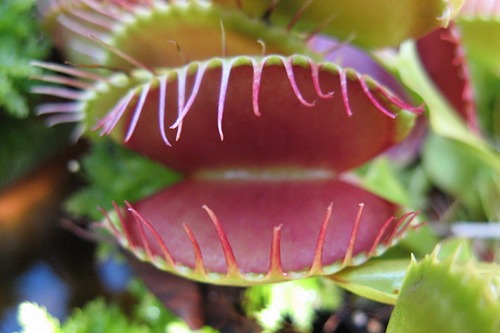
Choosing a carnivorous plant isn’t just edgy—it’s a full-on intellectual provocation. The Venus flytrap is a marvel of evolutionary biology, and owners love explaining how its trap mechanism works down to the trigger hairs. It’s not easy to grow well indoors, so keeping one alive becomes part science, part performance. Plus, it eats flies—which feels oddly poetic if you’re into Nietzsche.
There’s a quiet thrill in owning a plant that defies the normal rules of passive greenery. It’s a tiny predator, a conversation starter, and a rebuttal to your friend’s boring pothos. The flytrap feels like a living metaphor, and intellectuals love their metaphors. It’s a perfect match for anyone who enjoys dark academia and Darwin in equal measure.
2. Fiddle Leaf Fig (Ficus lyrata)

This plant isn’t just a tall leafy presence in mid-century modern apartments—it’s a deliberate status symbol. It exploded in popularity thanks to design magazines and Instagram influencers, making it more about aesthetic clout than horticultural ease. Fiddle leaf figs are notoriously fussy: too much water, they rot; too little, they crisp. So keeping one alive implies a certain level of control, patience, and maybe even a liberal arts degree.
What really seals its place on this list is the way it’s positioned in photos: always next to a stack of Proust or a Noguchi lamp. It says, “I don’t just have taste—I have taste with subtext.” The plant is difficult enough to cultivate that its survival feels like a badge of honor. In short, it’s the botanical equivalent of quoting Walter Benjamin at brunch.
3. Monstera deliciosa
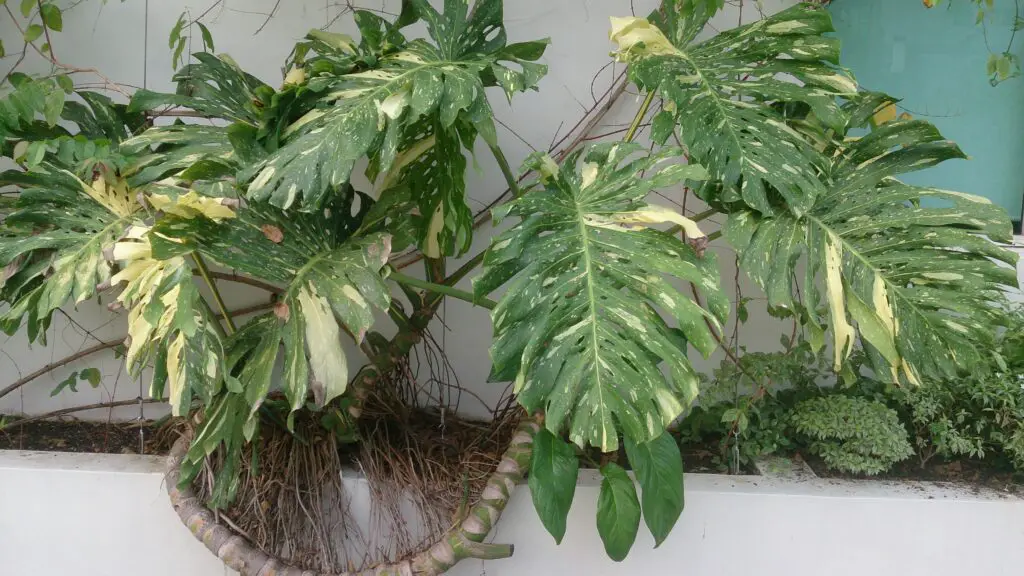
If the fiddle leaf is the brooding novelist of the houseplant world, the monstera is its globe-trotting essayist cousin. Native to tropical rainforests, it gained its cult following because of its distinctive split leaves and Instagram-friendly silhouette. But the real draw for intellectual signaling is its Latin name, which owners drop into conversation like they’re ordering in fluent Italian.
Monstera deliciosa translates to “delicious monster,” which sounds like something out of a Borges story. Owning one feels like a subtle flex, especially if you’re also growing it in LECA balls or discussing its fenestration like it’s abstract art. It helps that it looks vaguely like a Matisse cutout and grows slowly—giving you time to read The Paris Review between waterings. It’s not a plant; it’s an aesthetic thesis.
4. String of Pearls (Senecio rowleyanus)

At first glance, it’s just a quirky succulent with bead-like leaves. But its popularity among bookish plant lovers stems from its oddity—how often do you get a plant that looks like an Etruscan necklace? It dangles delicately from shelves, usually next to a candle that smells like patchouli and regret. And you know it’s being watered with a reclaimed glass dropper.
It’s not easy to keep alive unless you understand light physics and root rot algorithms. That complexity is part of its appeal—it’s a little high-maintenance, a little obscure, and very precious. People who own this plant almost always correct your pronunciation of “Senecio.” It’s the go-to plant for people who love Kafka and ceramics.
5. ZZ Plant (Zamioculcas zamiifolia)
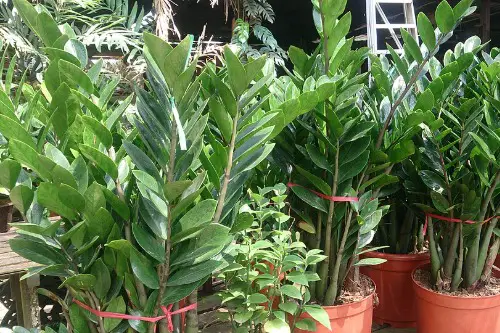
The ZZ plant is basically the “I studied abroad in Copenhagen” of the plant world. Its shiny, dark green leaves and architectural symmetry make it ideal for minimalist interiors, especially if those interiors feature a stack of Scandinavian design books no one has actually read. It’s nearly indestructible, but owners will still explain its needs like it’s a delicate orchid. Because, of course, it thrives on indirect light and subtle attention—just like your average philosophy grad student.
It’s often chosen not for beauty but for how it harmonizes with quiet intellect. People talk about its air-purifying qualities, but rarely about the fact that it’s toxic to pets—perhaps a sacrifice in the name of visual rigor. It’s the kind of plant that pairs naturally with an Eames lounger and the complete works of Sontag. ZZ owners don’t just read—they curate.
6. Alocasia ‘Polly’
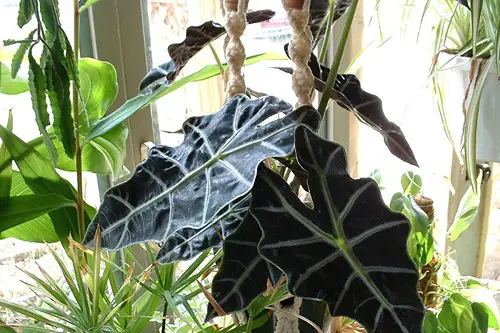
Alocasia ‘Polly’ looks like it was designed by an art nouveau architect on mushrooms. With its arrowhead-shaped leaves and striking veining, it often appears in homes that blur the line between design showroom and climate-controlled terrarium. It’s difficult to keep happy: it wants humidity, but not too much; light, but not too bright. This creates an opportunity for elaborate plant care monologues that verge on dissertation.
It’s the perfect plant for someone who’s read all of Clarice Lispector and occasionally practices interpretive dance. There’s an intellectual theater in how people display and discuss it—always a sense of gravity and depth. Its exotic look invites commentary on “the jungle within,” or some equally esoteric phrase. Let’s be honest—this plant is chosen because it looks like it should be on the cover of a magical realism novel.
7. Olive Tree (Olea europaea)
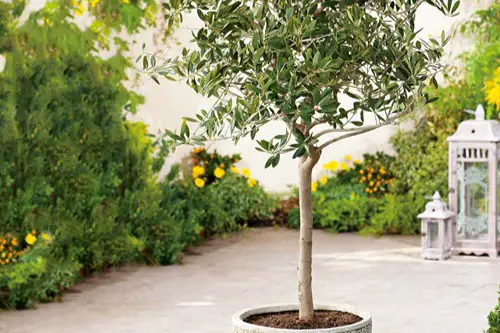
An indoor olive tree isn’t just a nod to Mediterranean minimalism—it’s a full-on identity. It conjures images of villa life, even if the closest you’ve come to Tuscany is watching Call Me By Your Name. These trees are hard to maintain indoors, but that’s part of the appeal: it’s like owning a Fabergé egg that occasionally drops leaves. The aesthetic payoff is huge—especially when paired with linen curtains and well-thumbed Camus.
Olive trees suggest a slow-living, literate lifestyle—one where you bake sourdough and have opinions about Rilke. They whisper to guests, “I grow ancient symbols of peace while listening to ambient jazz.” Even their cultural baggage is intellectual: rooted in mythology, mentioned in the Bible, beloved by the Greeks. This isn’t just a plant—it’s historical fiction with chlorophyll.
8. Prayer Plant (Maranta leuconeura)
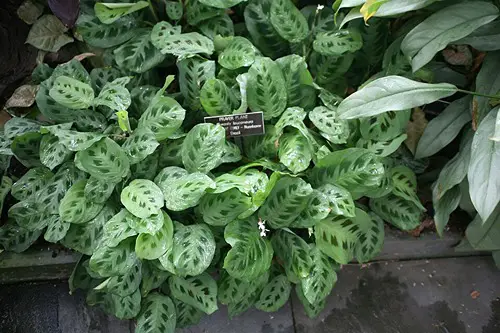
With leaves that literally move in response to light, this plant feels like it should be in a Jules Verne novel. Prayer plants fold their leaves up at night, a behavior called “nyctinasty,” which is exactly the kind of obscure trivia their owners are eager to explain. It’s not hard to grow, but people often treat it like a demanding muse. The kind of person who owns one probably has a favorite obscure font.
It’s a talking point masquerading as a plant: a little movement, a little mystique, and just enough science to feel justified. Their leaves are often described as “painterly,” which is code for “I spent three hours choosing the perfect pot.” It’s not about color—though they are vibrant—it’s about narrative. And the narrative is, “I’m the kind of person who thinks about circadian rhythms while I make pour-over coffee.”
9. Ponytail Palm (Beaucarnea recurvata)
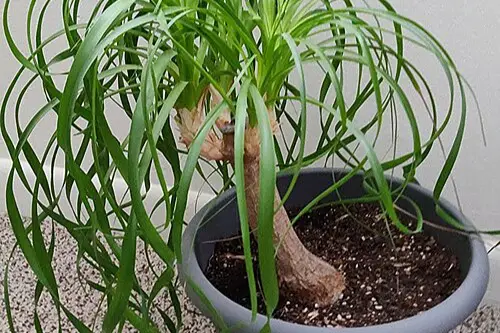
Despite the name, it’s not a palm—it’s a succulent, which is just the kind of correction that delights its more pedantic owners. Its bulbous base and fountain of leaves look like something from a Miyazaki film, and it’s often found in homes filled with tactile books and independent press zines. Low-maintenance but visually eccentric, it gives off an “I’m weird, but I’m grounded” vibe. You’ve probably seen one next to a stack of first editions or a minimalist incense burner.
People who love this plant tend to speak passionately about its “character,” like it’s a misunderstood poet. The fact that it’s drought-tolerant makes it ideal for people too absorbed in finishing their screenplay to remember to water. It signals that you’re practical—but with flair. It’s less about beauty and more about personality, which is exactly what makes it an intellectual choice.
10. Rex Begonia
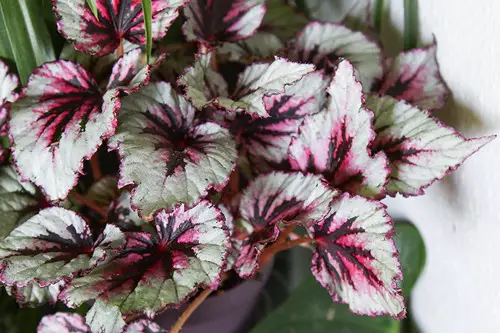
With leaves that look like an abstract painting, rex begonias are the choice for those who want a plant with both attitude and art-historical subtext. Their foliage can be swirled, speckled, or striped, often in improbable combinations of silver, purple, and green. They require specific humidity and dislike sudden changes, so growing one is a master class in environmental control. People who choose this plant tend to also have opinions about color theory.
It’s a favorite among creative intellectuals who want their plants to reflect an inner storm. They’re rarely bought on impulse—they’re chosen like one chooses a thesis topic. It’s the kind of plant that thrives next to a palette knife and a glass of Barolo. You can almost hear it whispering, “Yes, I am difficult, but look what I give you in return.”
11. Air Plants (Tillandsia)
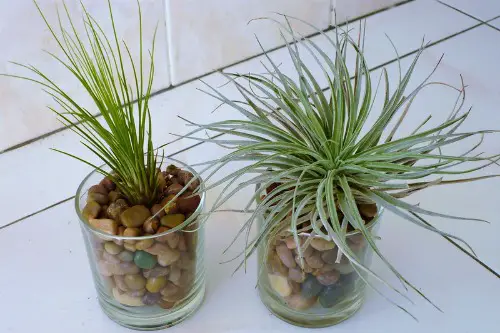
Here’s a plant that doesn’t even need soil, which is a detail often repeated with the smug satisfaction of someone quoting Foucault. Air plants are the darlings of people who don’t like mess but still want to seem in touch with nature. They’re often arranged in geometric glass orbs, like an alien life form discovered during an artist residency in Iceland. And of course, they’re watered with a weekly misting ritual that borders on performance art.
What really makes air plants an intellectual flex is their rootlessness—literally and metaphorically. You’ll find them in the homes of people who refer to themselves as “nomadic creatives” and who have a thesis on post-urban botanics. They’re compact, a little strange, and wildly photogenic next to a dog-eared copy of The Golden Bough. A house full of air plants suggests you once gave a TEDx talk on impermanence.
12. Maidenhair Fern (Adiantum)
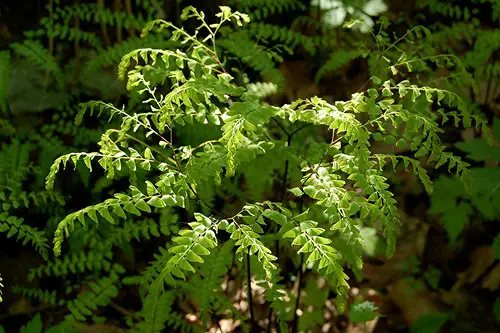
Delicate, fussy, and ethereally beautiful, the maidenhair fern is the plant equivalent of an unread Virginia Woolf novel. Its leaves are so fine they look like antique lace, and its aversion to dry air or direct sunlight makes it an indoor diva. Yet those who keep them do so with pride, often misting them daily with a spritzer that costs more than your headphones. It’s an act of devotion, framed as a hobby.
Maidenhair ferns appeal to those with a poetic sensibility and a slight martyr complex. If you succeed in growing one, you’re signaling not just patience but aesthetic conviction. It’s the botanical equivalent of handwriting letters on cotton paper. A plant that says, “I cry beautifully—and in Latin.”
This post 12 Plants That Were Chosen Purely to Signal Intellectual Superiority was first published on Greenhouse Black.
